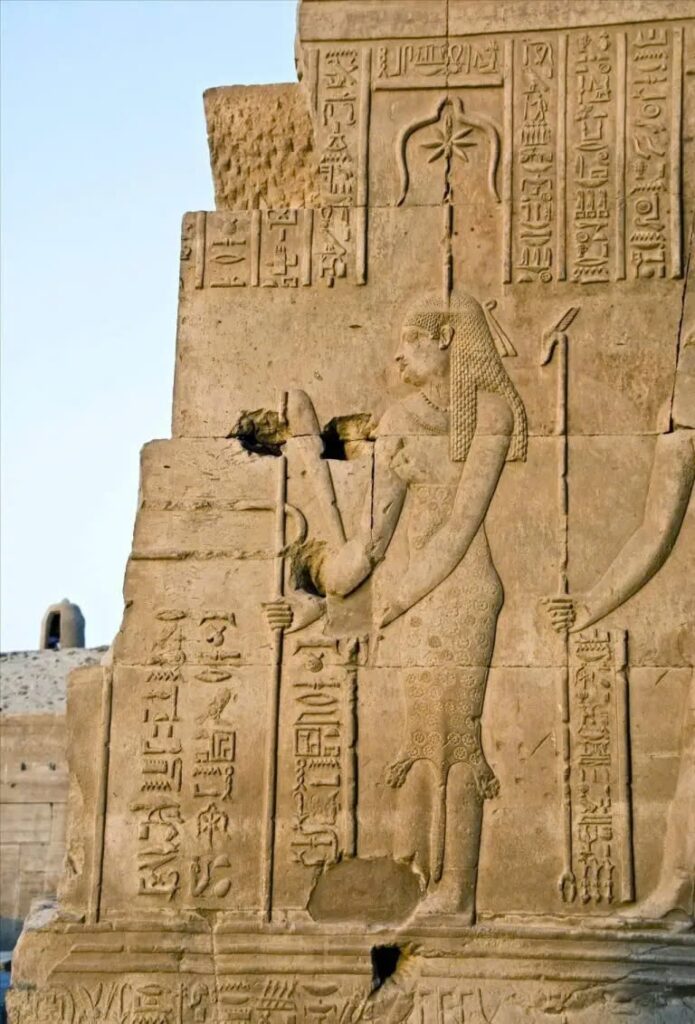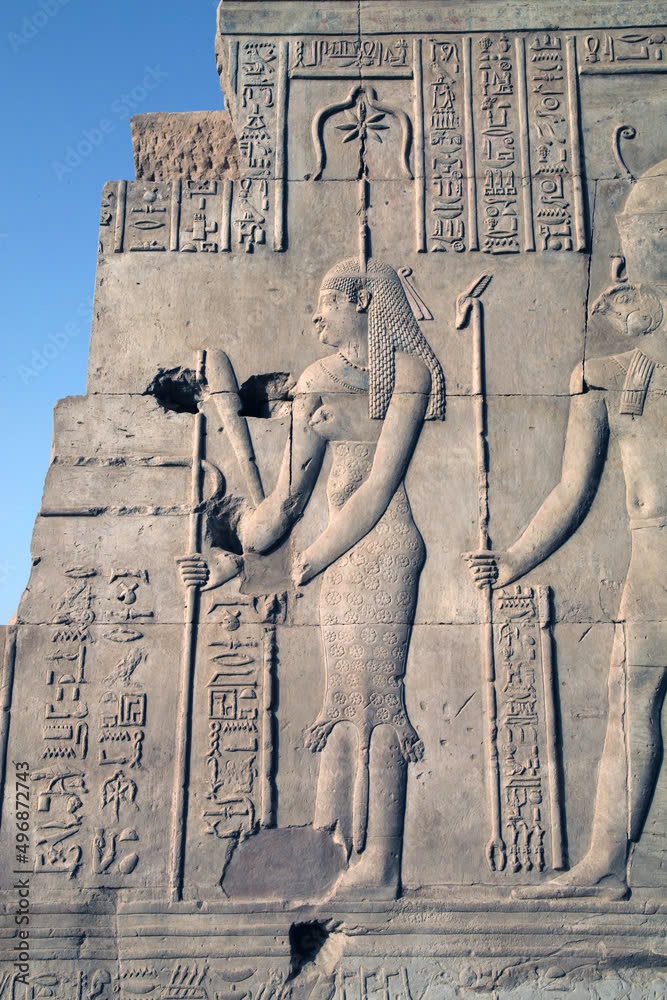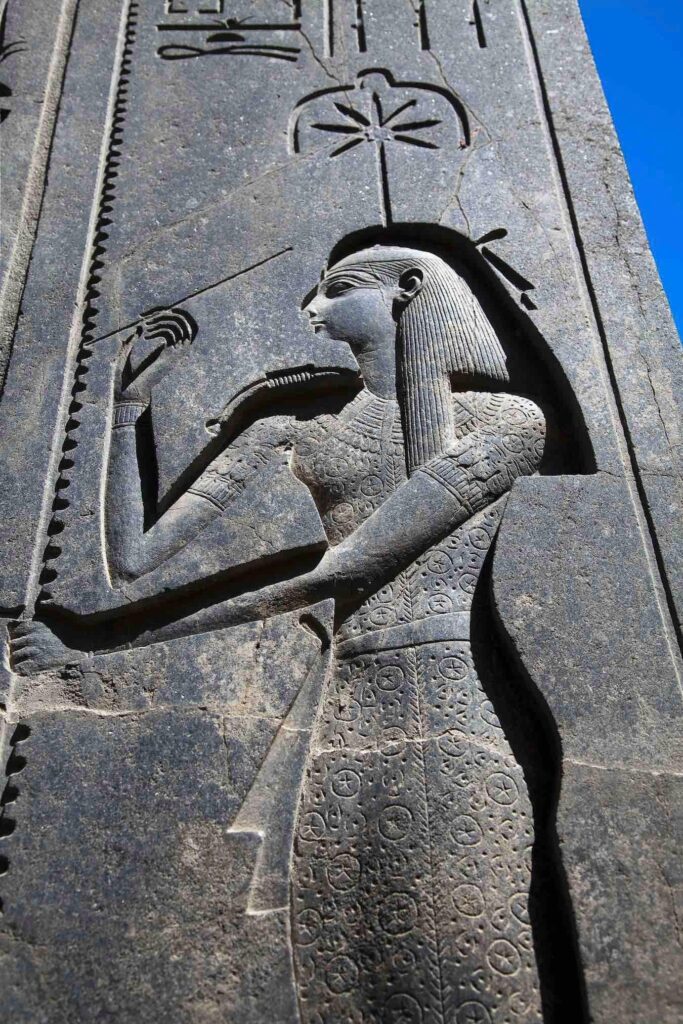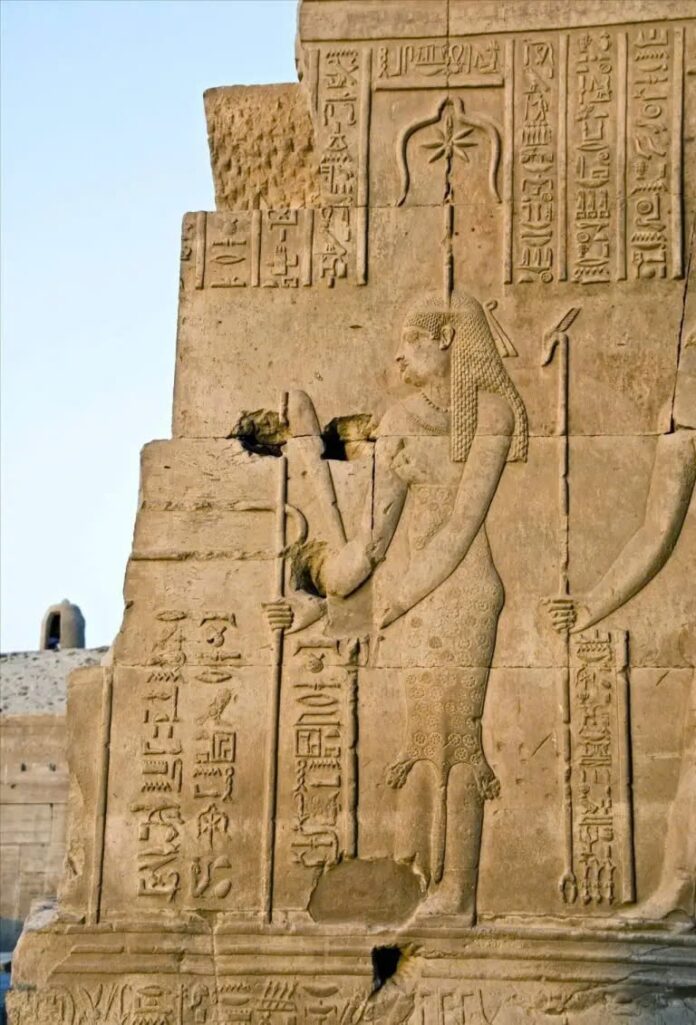Unveiling the Ancient Goddess of Knowledge

In the pantheon of ancient Egyptian deities, few held as much intellectual significance as Seshat, the goddess of wisdom, knowledge, and writing. Depicted in a striking leopard skin garment, Seshat’s influence extended far beyond the realm of scribes, touching upon various disciplines crucial to the development of Egyptian civilization.
The Multi-Faceted Goddess
Seshat’s divine portfolio was impressively diverse:
- Inventor of writing
- Patron of accounting and mathematics
- Guardian of architecture and surveying
- Overseer of astronomy and astrology
Her importance was magnified by the rarity of literacy in ancient Egypt, where less than 1% of the population could read and write. In this context, Seshat emerged as a revered figure, earning the title “foremost in the library.”
Seshat’s Iconic Imagery

The goddess’s visual representation was rich with symbolism:
- A seven-pointed star or rosette adorned her headband
- A bow-like symbol sat above her emblem
- She wore a long panther-skin robe
- In her hand, she held a notched palm branch signifying “years”
- The branch often transformed into a tadpole, representing the number 100,000
- These symbols rested upon the glyph for eternity
Seshat’s Role in Royal Rituals and Record-Keeping
The “Stretching the Cord” Ceremony
One of Seshat’s most significant roles was assisting kings in the “stretching the cord” ceremony, a ritual for measuring and laying out temple foundations. This involvement underscored her importance in both religious and architectural spheres.
Chronicler of Royal Achievements
Seshat’s duties evolved over time:
- In the Old Kingdom, she recorded livestock seized from Libyan tribes
- By the 12th Dynasty, she documented the names of foreign captives
- During the New Kingdom, she commemorated royal jubilees on the leaves of the persea tree
A Glimpse into Ancient Art
This detailed account of Seshat comes to us through a relief found in the Double Temple of Sobek and Haroeris at Kom Ombo. Dating back to the Ptolemaic Period (305-30 BC), this artwork provides a fascinating window into the enduring importance of Seshat in Egyptian religion and culture.

Through the millennia, Seshat remained a powerful symbol of knowledge, writing, and divine wisdom in ancient Egypt, her influence touching upon many aspects of this remarkable civilization.

